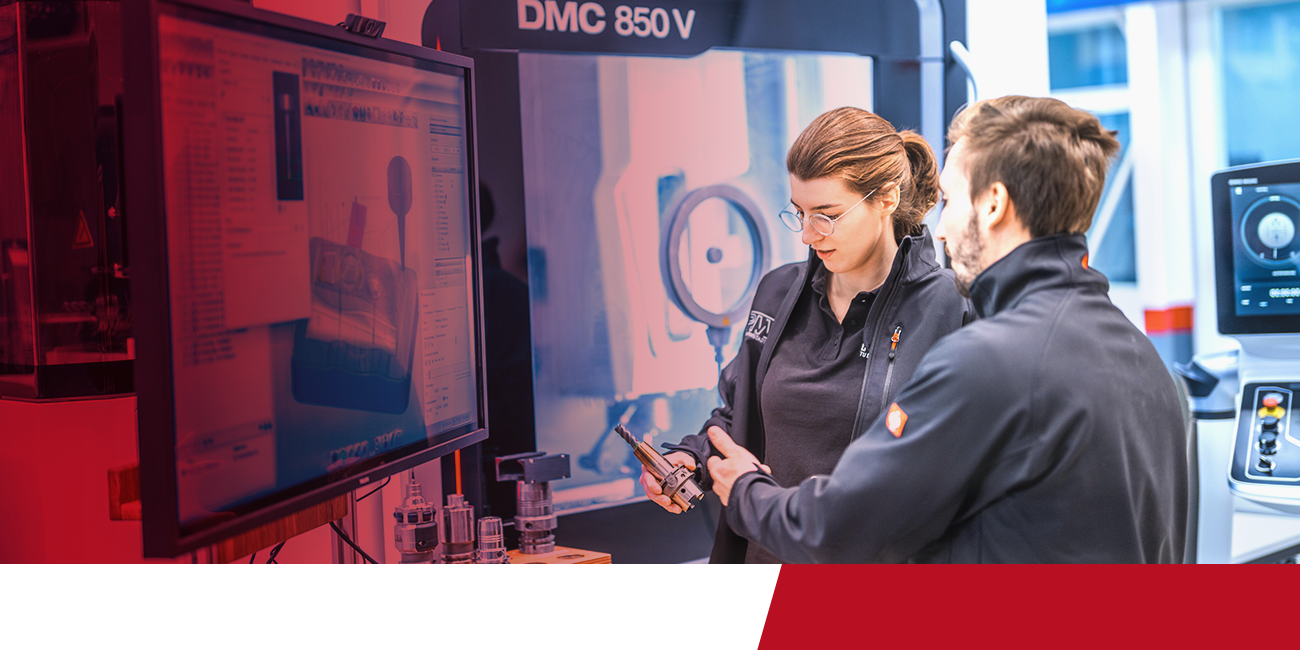| Event type | Tutorium (Master) |
| Contact person | Gilbert Ely Engert M.Sc. |
| Registration |
Every summer semester in the period from August to September. 09.09.2024 until 20.09.2024 Duration: 2 weeks (block course, full-time) |
| Participation Requirements |
Registration period April 01 – April 30. A maximum of 30 participants is possible. Participation in the tutorial is only possible if you have registered in due time via e-mail to Gilbert Ely Engert M.Sc.. You should only register for the course and the exam in TUCaN once you have received a confirmation email from the department. If you only register via TUCaN and are not registered at the department, your registration is considered invalid and will be removed from the TUCaN registration. If there are more registrations than the maximum number of participants, a selection will be made with regard to the order of registration. |
| Note | The tutorial takes place in presence and is divided into a CAD and a CAM part. The CAD part is carried out by the PLCM and the CAM part by the PTW in the Test Field for Manufacturing Technologies (TEC-Lab). |
| Intention: changing demands on the professional field of engineering |
|
| Main aims |
The aim of the CAD/CAM process chain tutorial is to provide an introduction to the manufacturing module of NX and, in particular, to teach the basics, methods and techniques for generating NC control data. The tutorial includes an introduction to CAM techniques, such as the selection of technology data, strategies, tools etc. The course is held in cooperation with the PLCM department.
|
| Activities |
|
| Further informations | Tutorial page of the PLCM |
Production Management, Technology and Machine Tools

